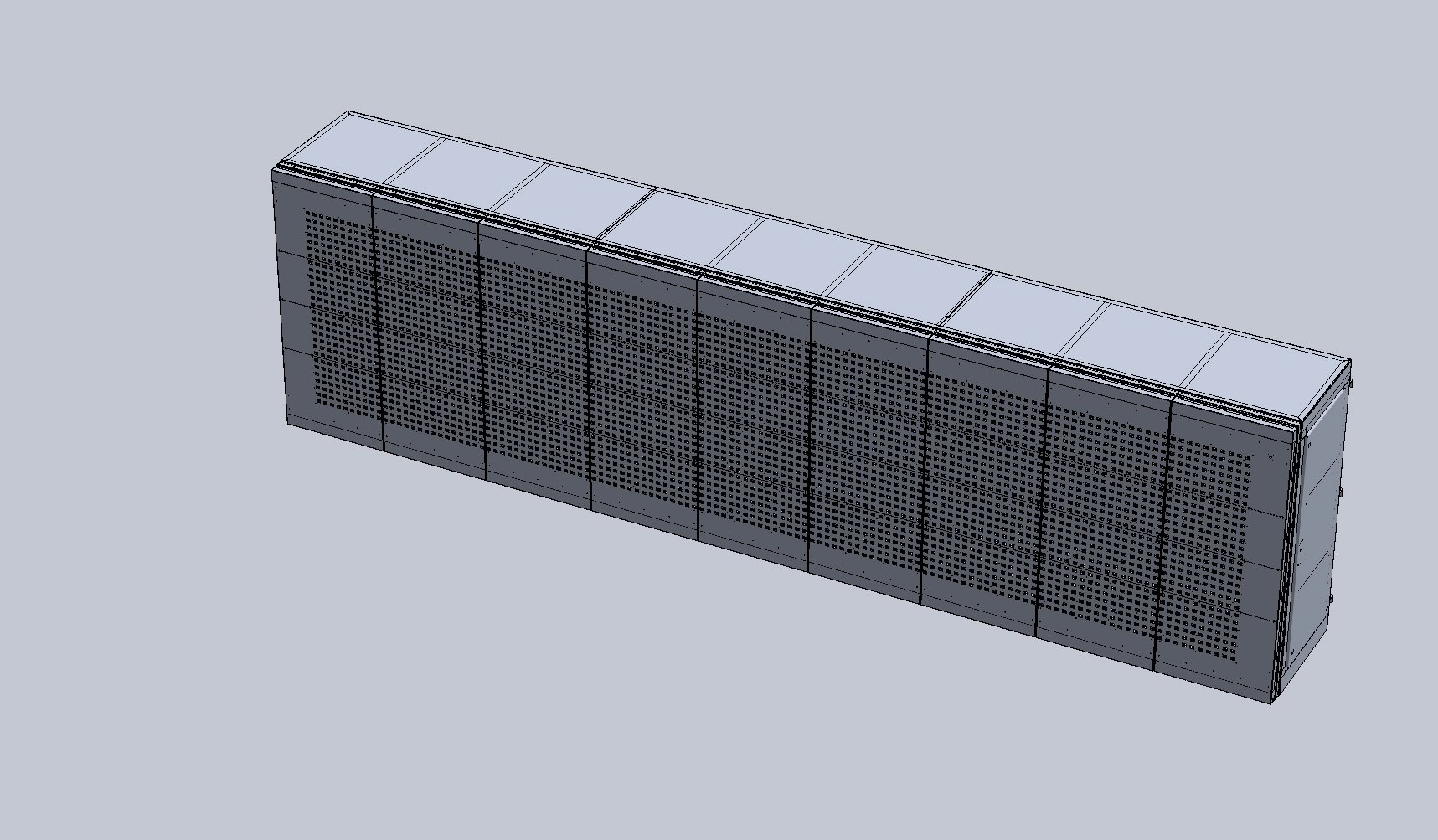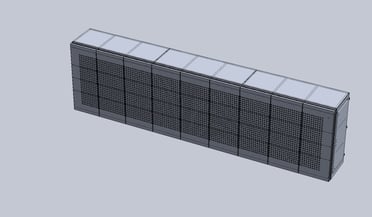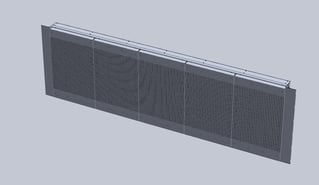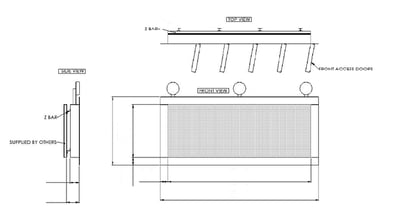
Let the Message Guide the Size of Your Variable Message Sign

Over the last forty years Dynamic Message Sign (DMS) or Variable Message Sign (VMS) technology for U.S. highways has evolved from mechanically operated florescent dots forming letters to present day color (Light Emitting Diodes) capable of bold, high definition images and text set on static green backgrounds and much more. In the evolution, ITS engineers have meritoriously continued the selection process of size of the sign while abetting MUTCD mandates.
Physical size used to define Variable Message Signs
can lead to defining the wrong VMS size

To satisfy the structural requirements of physical size and weight, engineers are in part, led firstly by allowable physical limits with cost considerations. This decision process can at times, lead to physical size dictating message content. So with value in mind, size may lead to unnecessary messaging capacity or poor utilization of space.
Nearly all current VMS signs are of full matrix design, measured in pixel size and pixel pitch or distance, physical sizing should take a lesser priority. Standard MUTCD character guidelines are 20 characters or less and are generally employed in nearly all specifications. It alone does not determine physical size characteristics. Essentially, it is the clarity of the messages and the display that should determine the size of the VMS.
Instead of size, look at the value per square foot
 Think of matrix design aspect as value per square foot. Line matrix or text only designs are not cost efficient due to under utilization of space both in area and clarity. Full matrix designs allow efficient display capability, but only if the message and image content is practically thought out. The option to utilize more pixel pitch options allows clarity of design with a much larger part of the value statement especially with the importance of images and icons rapidly rising in application across America, particularly in color signs.
Think of matrix design aspect as value per square foot. Line matrix or text only designs are not cost efficient due to under utilization of space both in area and clarity. Full matrix designs allow efficient display capability, but only if the message and image content is practically thought out. The option to utilize more pixel pitch options allows clarity of design with a much larger part of the value statement especially with the importance of images and icons rapidly rising in application across America, particularly in color signs.
The sole use of character size count with limiting clarity no longer predicates sign size and consequently is deeply discounted in full matrix design.
Evaluate your display necessities to determine
the right variable message sign size

This in mind, evaluate all the key messages and images necessary for quick or succinct user interpretation. Can a message be relayed typically in 15, eighteen-inch characters rather than twenty? What size and shape are the key images / icons to be displayed? Interstate shields, locational images, and directional graphics are typically key-use icons. In displaying icons along with verbiage, consider the limitation of words, and importantly, the relative size of the icon to the message. Using multiple images? Make sure to assess relative size and clarity to the end user. Images often require higher definition due to greater detail than block font or simplistic lettering. Maybe, through the design process a less expensive blank out sign creates more value per square foot. Enlist a variable message sign maintenance professionals to help you navigate your options.
Example
How to define a full matrix to display 3 lines of 15 characters, 18" high on a 33mm full color DMS
For 33mm, the font to display an 18" character is 14 pixels high by 10 pixels width with 2 pixels between characters and 6 inter-line pixels. The matrix size of your DMS will be:
- Height: 3 lines x 14 pixels + 2 inter-lines x 6 pixels = 54 pixels x 33mm = 1,782 mm => 5.85 feet
- Width: 15 characters x 10 pixels + 14 inter-characters x 2 pixels = 178 pixels. Most of the vendors will propose 180 pixels. the Width will then be 180 x 33mm = 5,940 mm => 19.49 feet
- Your DMS matrix will be 54 pixels x 180 pixels or 5.85 feet x 19.49 feet.
To know the physical size of the sign, you must take into consideration the contrast borders that surround the display area. Contrast borders vary by vendor recommendation. The physical dimension of the sign will be height = From 7' 10" to 8" - Width = From 21' to 21'6".
Conclusion
The short stroke answer: The message content, images, character/ icon definition, and user identification at prescribed distances determine the physical size necessary. Other vitals such as weight will then come into play, as well as the type of preferred access to the sign interior is determined. Define the specification by intent of use; let the size aspect fall in place. One may find incidentally, dynamic messaging value goes up while the physical size will shrink below expectation.



